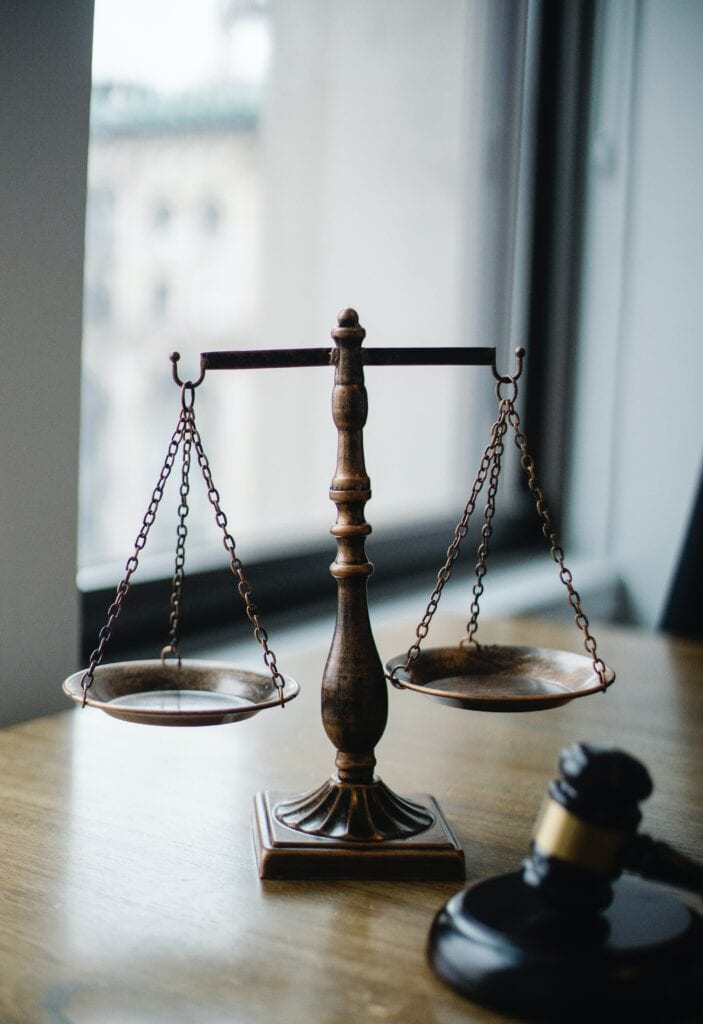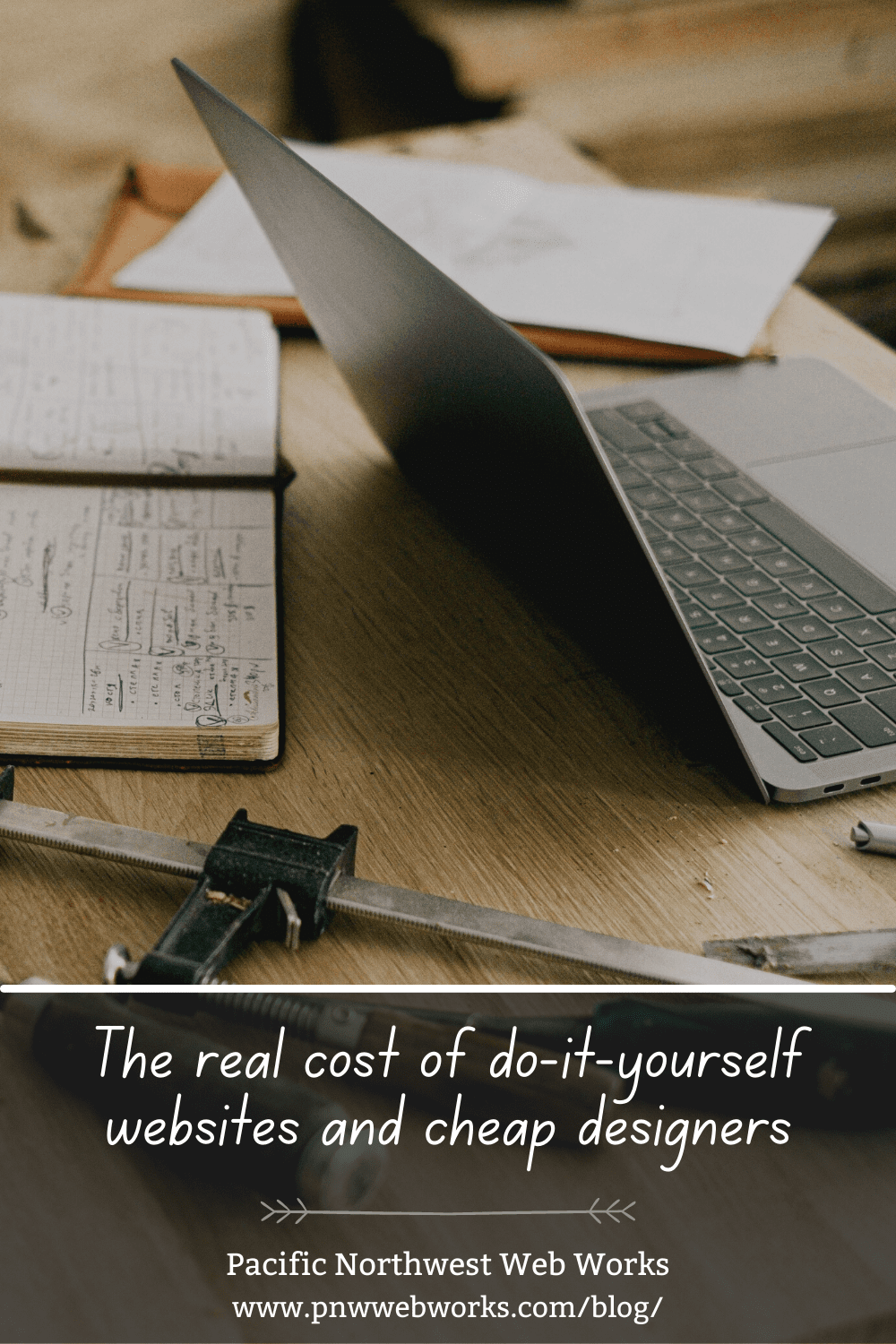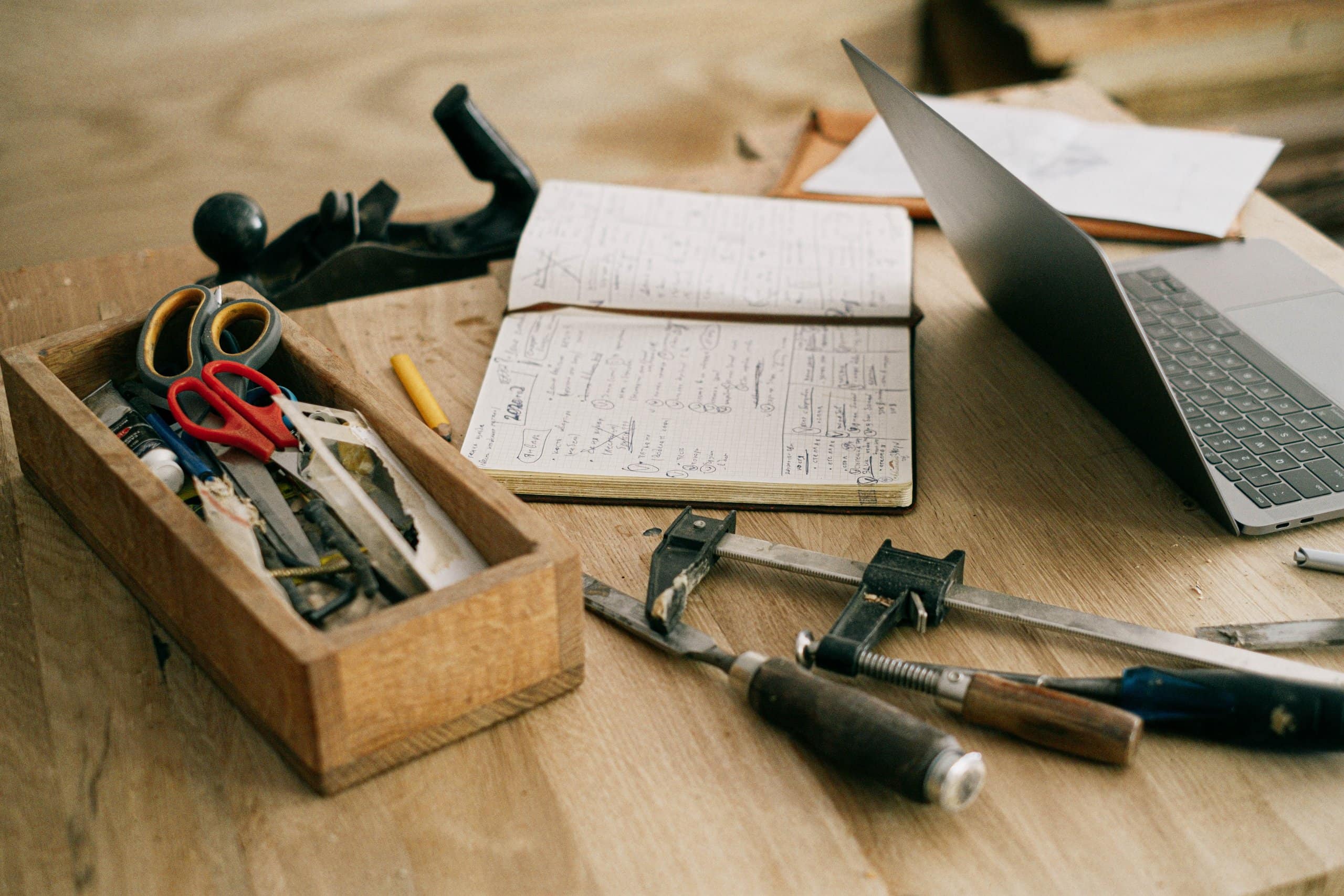Running a business is a costly adventure. You know that, and I know that. The last thing you want to do is add another expense to keep track of. But this is a common misconception as to what a website is.
If you look at your website as a business expense only, then you will always be tempted to choose the lowest cost solution. I mean come on; all websites are the same right? But you should really consider your website a valuable employee who gets to work 24/7. Don’t you want its well-being to be important? A happy employee generates more income.
Since many business owners think of the website as an expense, they try to do it themselves. If any teenager can do it, so can you. And I am not saying you are not right. I would bet with a little effort you could create your website.
Or if you are not very technical, you can hire some random person on Fivver or UpWork instead. The cost is pretty darn cheap. We have all seen those ads for a new website for $299, etc. Boom, you have a new website. It looks shiny and you are happy. For now.
But what good is that website doing for you? And could it land you in legal hot water later?
Let’s talk about some problems with the DIY and cheap designer route.
A good designer knows about ADA & privacy compliance
No matter what kind of business you run, you need to be compliant with laws. This you already know. But did you know that your website needs to be compliant with more than just your local laws? Or any laws at all? It does.
A website should have a legally compliant privacy policy. And since the legal battlefield is changing every day, with new laws being pushed in different states, there is a ton to keep track of. A good designer should know your website needs a policy and have strong recommendations on a solution that keeps you safe.

The last thing you want to do is get on the wrong side of a privacy battle. Did your website collect information with proper consent? Will you respond to Right to be Forgotten requests? These are all things you need to know. When you hire a good designer, you get a champion in your back pocket who is watching for these things (or should be).
Accessibility is another huge issue. The laws are extremely fuzzy about how this should be handled, but companies that are much larger than yours and mine are falling on the wrong side of the chopping block. Just look at Dominoes in the news a few years back. Their website did not meet the right ADA standards and they got fined.
And let’s face it, once those flood gates are opened, the opportunistic lawyers come out of the woodwork with lawsuits against everyone they can find. You don’t want to take that risk. Besides the legal risk, don’t you want your business to be accessible to everyone?
Don’t believe the hype about ADA overlays either. These same overlays that charge funds each month to “fix” your website have landed other companies and even themselves in legal hot water for making sites worse than they were without the overlay. It’s not worth the risk and a good designer should be aware of basic ADA compliance and build it straight into the site.
Bits like privacy and ADA compliance are important. They are things I insist on for my clients. Many of them did not even know they needed them. But it’s part of taking good care of those we do business with.
Whitespace, font pairings, and color choices
When you hire a good designer to build your website, they will most likely be training in aspects of design. This does not need to be some formal training, but they should have some knowledge of the design basics and know good industry practice.
There are millions of font choices out there. And different fonts pair well together. Some are easy to read. Others may look cool but not be useable by the very people who will visit your website. Remember, your website is not for you, but rather for your visitors. They ultimately get to decide if they like the feeling your site creates.
Colors are the same way. Not every color is created equal, and some colors can instill emotion in those that are seeing them. Some colors have a calming effect, others can be very off-putting. Colors match well or they can create disorder. A good designer will help you choose a color palette that creates the proper feelings and complements the design of the site.
Also important is white space. White space is the breathing room that everything has. For example, the space between this line and the line below it. Or the space between the text and images. There is a pattern and technique that applies to these in design.
Too little space can be hard to focus on for your users. Too much and elements become disconnected. Throw mobile devices into the mix and you need to know a whole lot of space-related things to make sure everything is right no matter who visits your site. Will the cheap designer know how to bring it all together in a cohesive unit? Will you?
Ongoing services
Many higher-priced designers or agencies don’t just build them and shove you out the door. That’s more than I can say about your cheap designers. For that $299 website, they need to get lots of new clients in the door. So, they might not have time for you later.
Or let’s say you went the DIY route but want to add a new feature down the road and don’t know how to do it. Getting support could be a problem, especially if you can’t find someone familiar with how you put things together.

And what happens when you get too busy to support the site yourself anymore. Do you farm that task to an employee? What if you are a one-person show?
You need to plan for these things to happen and know what you will do. If you hire a design agency, they should have your back and be there when you need them.
This is probably one of the favorite things my customers love about my services. A simple email and they know they are taken care of. It saves them time, and they don’t have to go out looking for someone new every time they need something.
Regular site maintenance
Playing off ongoing services is site maintenance. Most websites are not just set it and forget it. They require maintenance of some kind. From contextual updates to code updates in the background. Plus, there is security to be concerned with.
If your website is just “hanging out” on the web, it becomes a risk. A risk to your business and a risk to your visitors. Should your site be hacked and cause damage to visitors or other sites, you might be on the hook for letting it happen.
While not all designers will take on maintenance, the higher-end ones will most likely have a trusted business for you to work with instead if they don’t.
This will not only free up your time to focus on your business, but it also provides you with a sense of peace with less to worry about, as most will handle security and take on things such as hosting.
Locked in domains and hosting
A lot of services that offer DIY or cheap hosting providers have a lock-in period that you can easily run afoul of and end up losing money if their solution does not fit your business.
For example, many of your budget hosting services will offer a free domain and $2.99 a month. On the outside, this sounds like a great deal. But the problem is they require a term, which is normally 3 years or greater. And you don’t own your domain name, so you have zero control over it.
While you might pay more for hosting, having the freedom to move if this host is not working out well is always a plus. You never know when a host will start having issues or downtime and your website should not be stuck on the whim of another company.
This was one of the key factors when we start offering care plans with hosting included. I wanted my clients on a month-to-month term. Things change every day in business. I wanted them to be able to do what was best for them, not just my bottom line.
This is also a common problem with cheap designers. They will include items such as domain and hosting, but they purchase the services, so they make a markup on your business needs. You again don’t own the domain and moving away is extremely hard, especially if the old company feels slighted in any way.
It’s never worth the savings in my opinion.
Custom vs off the shelf templates
Often doing the design work yourself, you don’t know the code or how to change major things. This leads many DIY business owners into choosing a premade template. And while there is nothing directly wrong with a premade template, I often find that the sites all end up looking the same.
You see this fairly often with handmade businesses and Shopify sites. Shopify provides a limited number of default templates, and while you can customize different features, they often get left as the default due to the needed extra skills. In turn, browsing around many Shopify sites, they all look the same. The only difference is some colors and photos.
Using a premade template makes your business look like everyone else. If all the sites feel the same, then no one is special or stands out. It’s even worse when your competition looks like you. People forget who they saw and just pick randomly.
Low-cost designers offering services at $299, etc. don’t have time to create full custom sites either. You get a template that they know well. While they might customize it a little more, it is still coming from the same basic layout. Often these sites will look the same as every other site that the designer built.
By choosing a designer that charges more, you will often get better results. The site will be built to your needs. It will match your goals. It will also often be different from most other sites out there.
Not to say it won’t have common elements. Keeping with design standards is important so everyone knows how to use the site and visually relates to it. But a higher price generally leads to more customization and likely more conversions from visitors into customers because the site fits them well.

All eggs are similar in shape, but they come in different colors. A good designer can make your site stand out from others.
A higher-priced designer often has some coding knowledge and or can write custom styles. This helps you get the exact result you are after. And in way less time than doing it yourself and Googling for an answer.
Conclusion
Going the DIY route is always a choice your business has. And sometimes it’s not an option when you are just starting your business and have a small budget. Cheap designers are a secondary option. If you pay good attention and know that you will likely need to add to the cheapest package they offer, it can totally work for a beginning business.
However, if your budget can afford a higher-priced designer or agency, I always will recommend it. The service in most cases is considerably better, and you have someone there to support you should your business need it.
With everything, there is a tradeoff. Lower cost often means more headaches and time involved on your part. You need to weigh the cost against the effort you will need to put into the project.








